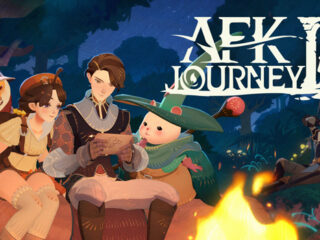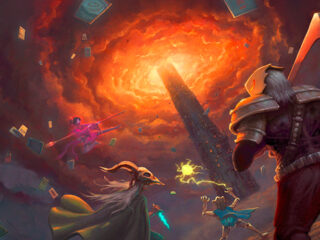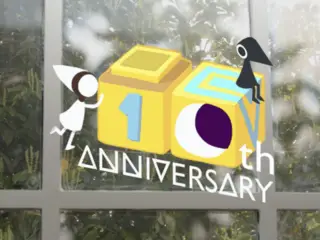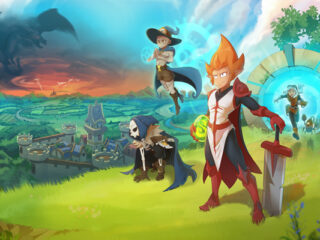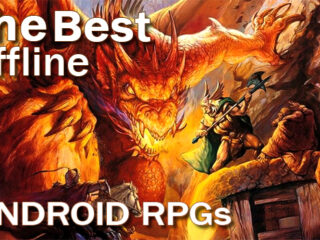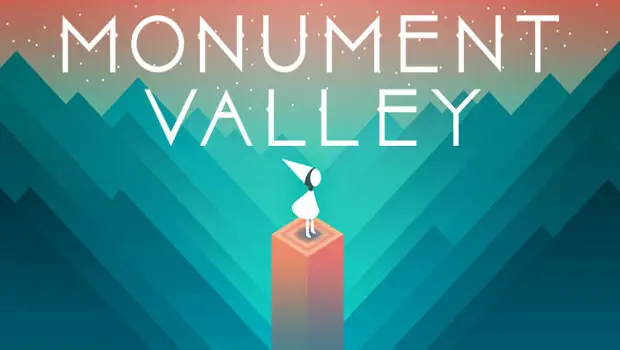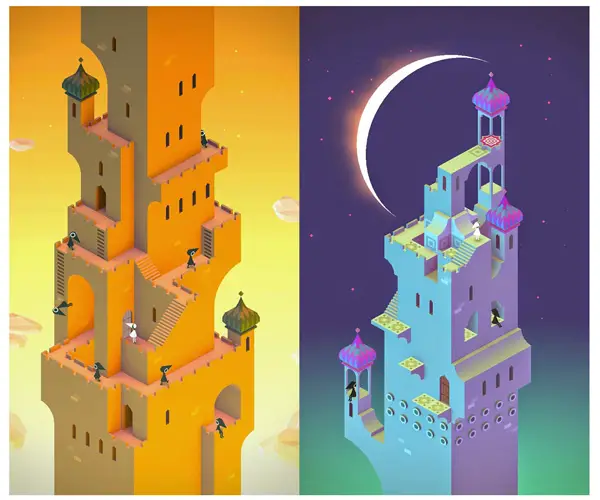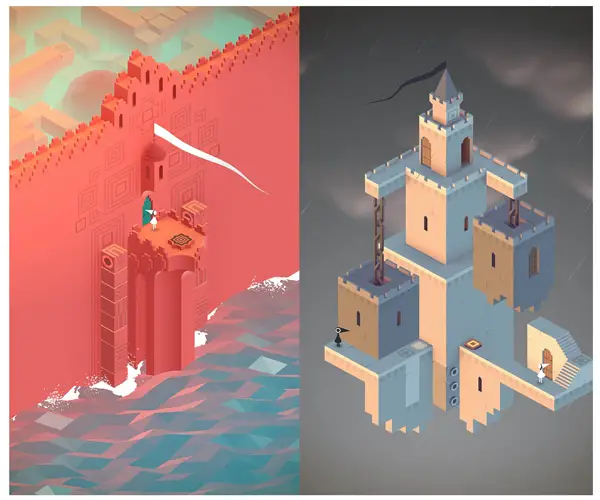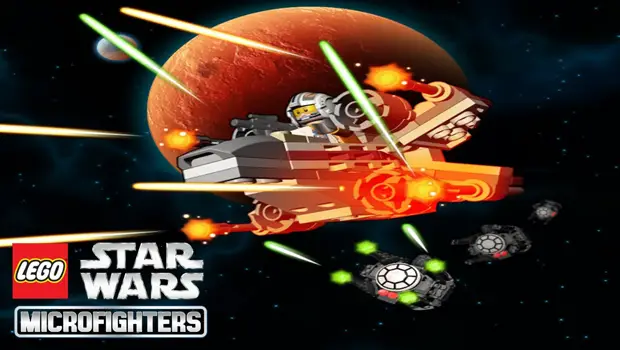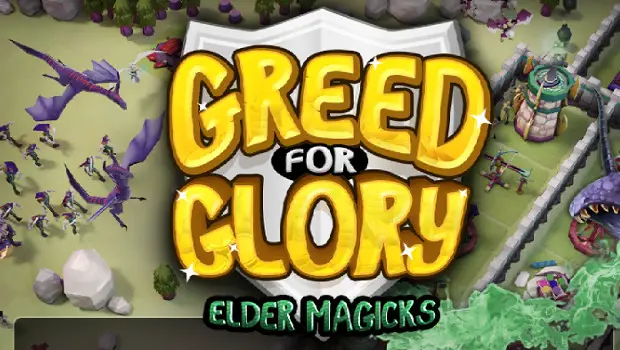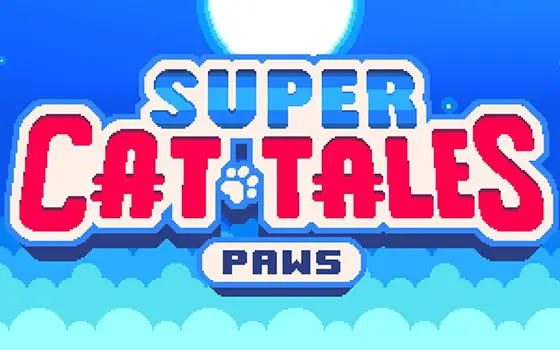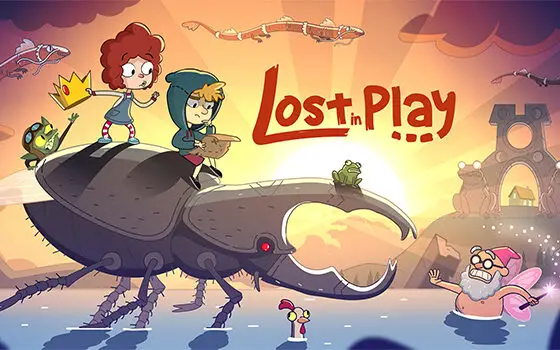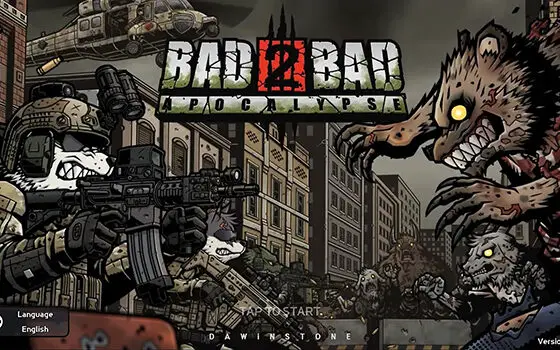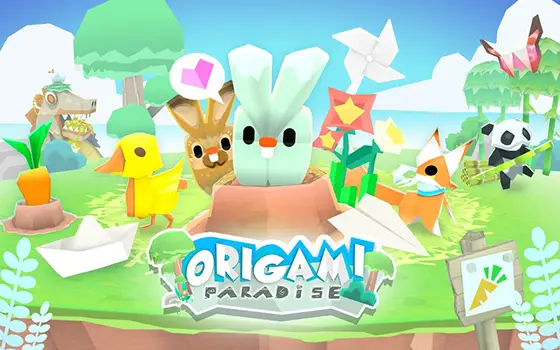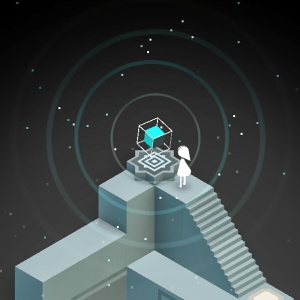 Simple controls, a sparse narrative, economical sound design, and graphics based around basic geometric shapes make Monument Valley the new poster child for minimalist indie gaming. Developer ustwo made the conscious decision to include only what they felt necessary to achieve a complete, satisfying piece of art, so the full game costs $4 and has no IAPs. Further, although ustwo is working on additional levels, they are making certain these will not compromise the established storyline. The concept of less is more is largely lost on the gaming public, so many players will be up in arms about Monument Valley’s price in relation to its brevity, but this criticism is not entirely unfounded. This is a gorgeous, clever, and engrossing title. However, clocking in at a total playtime of about an hour, it feels under-developed.
Simple controls, a sparse narrative, economical sound design, and graphics based around basic geometric shapes make Monument Valley the new poster child for minimalist indie gaming. Developer ustwo made the conscious decision to include only what they felt necessary to achieve a complete, satisfying piece of art, so the full game costs $4 and has no IAPs. Further, although ustwo is working on additional levels, they are making certain these will not compromise the established storyline. The concept of less is more is largely lost on the gaming public, so many players will be up in arms about Monument Valley’s price in relation to its brevity, but this criticism is not entirely unfounded. This is a gorgeous, clever, and engrossing title. However, clocking in at a total playtime of about an hour, it feels under-developed.
Monument Valley follows the story of a monochrome princess named Ida who clambers about a colorful Escher-painting world. Her goal is to return geometric artifacts to the pedestals she finds at the end of each of the game’s ten levels. This is done by moving Ida around (tap where you want her to go) and manipulating the environment in two ways: turning cranks and sliding around blocks marked with circles (both accomplished with finger-swiping).
The joy and challenge comes from how the isometric perspective and architecture screws with your head. Levels never function how you think they will at first glance. A bridge may appear to be on a plane higher than the one on which Ida is standing, but spin it around and suddenly the upper and lower areas are impossibly connected. This mind-bending concept is introduced in the second level and built upon gradually until you’re rotating entire levels around to find the angle that makes a disassembled walkway appear whole.
Other concepts are gradually and smartly introduced. Ida eventually learns to walk on the sides and undersides of structures. Two levels brilliantly take the block-sliding in an unexpected direction with the introduction of a companion, a column with an eyeball. He can be pushed about to activate switches Ida can’t reach and she can hitch a ride on his head to get to higher areas. A few levels in, crow people who block Ida’s way appear, but in a fun twist, there are times they can be used as unknowing allies. Moving the blocks they’re standing on or putting obstacles in their paths forces them to alter their walk patterns, redirecting them so that they trigger switches for you.
The game’s presentation is integral to the overall experience. The ambient music is comprised of a small range of sustained notes. This somber simplicity fits perfectly with the setting of (mostly) abandoned monuments. The unobtrusive music is complemented by the sound effects, like the crow people’s obnoxious squawks and the cute shuffling of Ida’s footsteps. But especially clever is how manipulating pieces of the level is accompanied by the rising and falling of musical notes. Different pieces sound like different instruments: pushing a block results in climbing harp tones, turn a crank and it sounds like a music box.
The graphics are gorgeous and use color wonderfully. An indoor area will be almost entirely black with a grey walkway in its center; moments later you’ll emerge to an outdoor scene of assorted pastels. Backgrounds are detailed with different times of day presented on each level, rain and wave effects, and fog that obscures portions of structures. The animation is fantastic too. A lot of enjoyment comes purely from watching the monuments twist, rise, fall, open, and shut.
The problem with Monument Valley is that, though it’s fun becoming familiar with the unique mechanics, once you’ve done so the game doesn’t make much effort to challenge you with them. Clearly the developers favored providing a smoothly flowing experience over one with puzzles that would bring players to frequent stumped standstills. Still, the simple fact is a seasoned gamer can finish Monument Valley in an hour. I am completely in favor of a game choosing not to milk its mechanics dry, but this feels like it’s only scratching the surface. One later level takes everything you’ve learned up until that point and uses it in a surprising, inventive new way, but when there are games like Incredipede and NightSky that do this numerous times over, Monument Valley seems lacking.
Lacking, too, is the under-explained story, told through plot clues in the visuals and periodic run-ins with a ghostly blue guy who provides the game’s only dialogue. Again, I do normally subscribe to the “less is more” adage, but even if I don’t get all the details, there should be a sense of completeness and closure. After viewing the final cut scene, however, the main thing I felt was befuddled.
Monument Valley looks and sounds truly beautiful, accomplishing an engaging, moody experience. The core mechanics of navigating and manipulating impossible architecture mess with your brain in a delightful way. However, these concepts never feel like they reach their ultimate expressions and the story isn’t as satisfying as the developers seem to think it is. This is a charming, unique, and worthwhile title, but it’ll be even more so once more levels are released. It’s a lovely little game that would benefit from being a bit more challenging for a little while longer.
Hardcore?
Yes.
Beautiful, absorbing puzzling that could stand to take its concepts further. You’ll have a fantastic time, but it’ll only be for about an hour.


